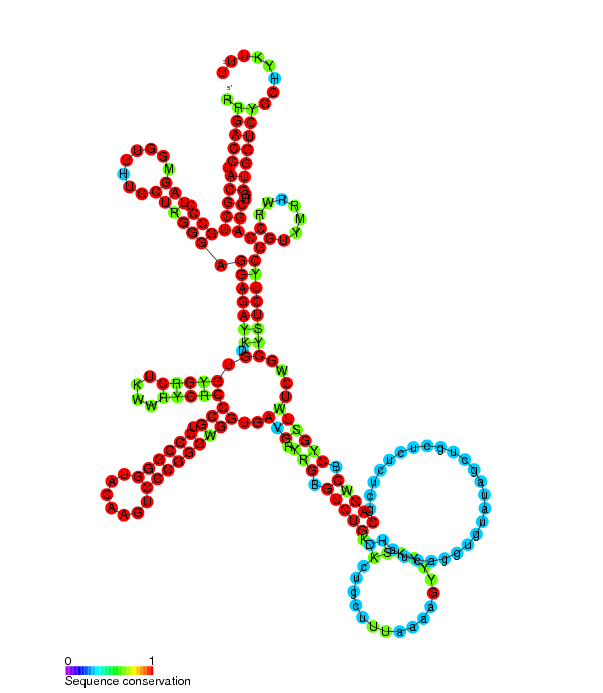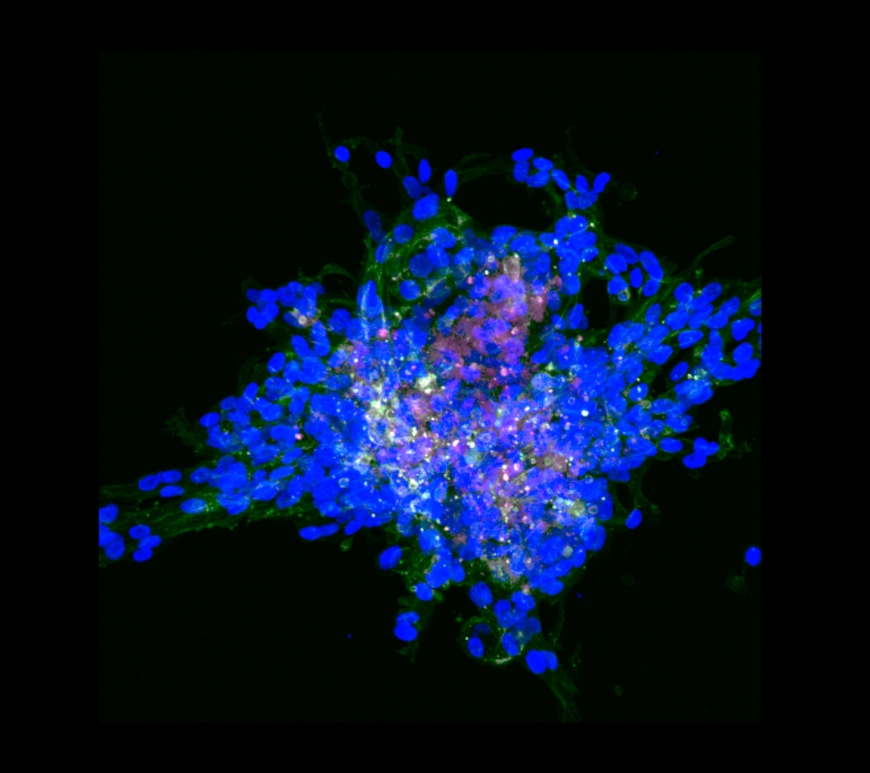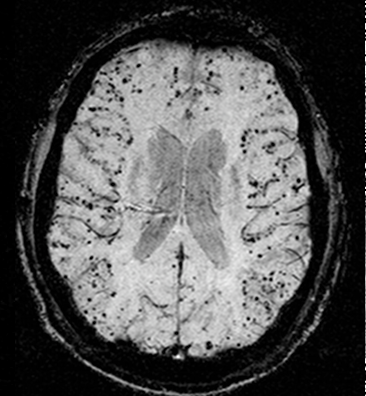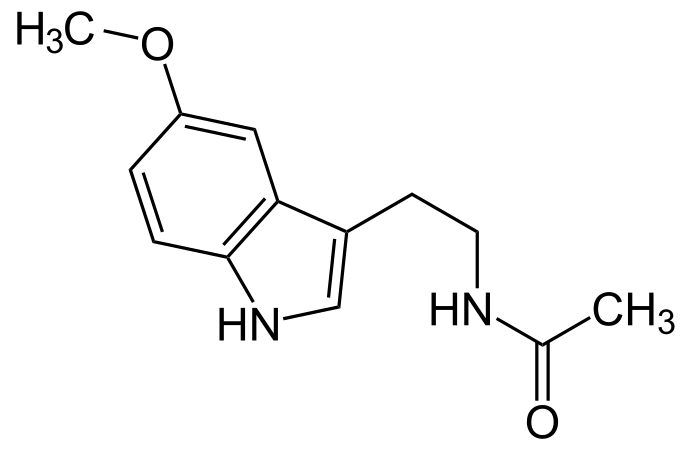
Mature Oligodendrocytes Demonstrate Delayed Cell Death by Alternate Mechanism
By Vignesh Subramanian, Class of 2024 Figure 1: A myelinating oligodendrocyte in a murine brain. Oligodendrocytes are specialized glial cells in the central nervous system primarily responsible for myelination, the process of ensheathing the axons of neurons in a lipid-rich membrane known as myelin, which insulates the nerve fibers and speeds up the transmission of the action potentials they conduct. Oligodendrocytes are the products of … Continue reading Mature Oligodendrocytes Demonstrate Delayed Cell Death by Alternate Mechanism











